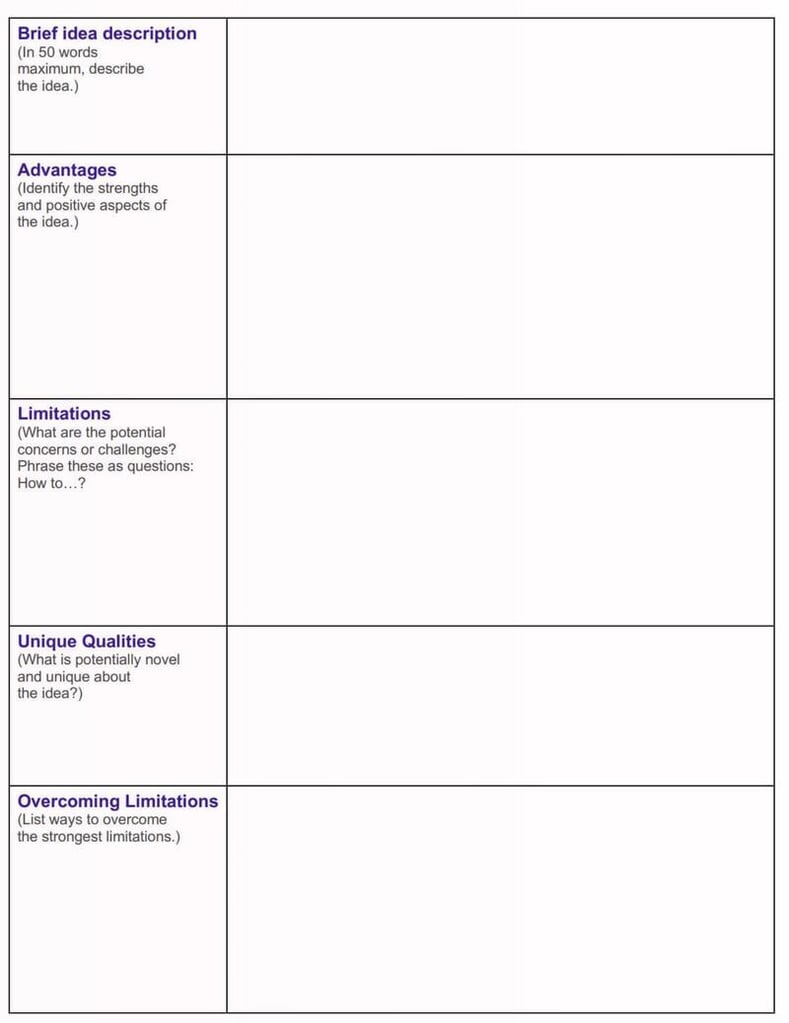How do you know if your product idea will resonate with target customers? Validate each stage of your product development with specific product testing methods. In this article, we’ll delve into frameworks and methods to help validate your ideas and focus your product investments on activities that will yield meaningful outcomes for your company and customers.
AFTER Framework
We like how Itamar Gilad groups testing methods into five categories, from the cheapest and least accurate, to the most costly and rigorous. He conveniently names it AFTER:
- Assessment
- Fact-Finding
- Tests
- Experiments
- Release results.

These methods are great on their own. However, if you want accelerated learning using these techniques, modify each approach with Helio:
- Use product survey questions to capture feedback, but also include usability activities such as click testing, prototype testing, app links, videos, etc…
- Send tests to a targeted audience using our survey panel of 1,000,000 participants.
- Target your prospects and customers with our research CRM.
Collecting test data with these methods is helpful, and Helio takes it further—collect qualitative feedback with each question, ask follow-up questions, and drill into user sentiment. Recently, we wrote a blog post that details how you can apply the AFTER framework with Helio.
Check out more of Itamar’s ideas in his book, Evidence-Guided.
RITE Method
Rapid iterative testing removes flaws in your user experience by accelerating product feedback.
Luke Wroblewski recently highlighted a process he’s used called the RITE Method (Rapid Iterative Testing and Evaluation) to achieve this goal. While working at Yahoo! and Google, his teams used it to quickly make progress on new product designs and give everyone a deeper shared understanding of the problem space they’re working on.
The way I’ve typically implemented RITE is every Monday, Tuesday, and Wednesday, we design and build a prototype. Then every Thursday, we bring in people to use the prototype through a series of 3-5 usability tests that the whole team attends. On Friday, we discuss the results of that testing together and decide what to change during the following week. This cycle is repeated week after week.

— Luke Wroblewski, Managing Director & Head of Product, Sutter Hill Ventures
The RITE method involves updating a prototype after a usability issue surfaces by participants, rather than waiting until a full study is complete. It was developed by Michael Medlock and colleagues at Microsoft Game Studios in 2002. It was specifically tailored to meet the fast-paced needs of game development, where traditional usability testing could be too slow to fit within the rapid development cycles.

Teams that use this method with Helio can accelerate usability feedback in hours. Helio makes this easy to accomplish because:
- Targeted audiences are already available
- Usability tools are built into the surveys
- Test questions are simple to set up
This method works so well that many customers can collect 2500 answers weekly to drive their continuous research and discovery! The volume of data is incredible, but it’s easily streamlined with Helio’s realtime reports. Recently, we detailed how to apply rapid iterative testing with real examples.
GIST Framework
Developing a product roadmap can be daunting, filled with assumptions and expectations that everything must be accomplished. That’s why we’re intrigued by Itamar Gilad’s GIST framework that focuses on goals, creating ideas, and iteratively delivering on projects. It’s a perfect compliment to continuous discovery.
Here are the four parts of the framework:
- Goals: Long-term, measurable objectives guiding overall strategy.
- Ideas: Creative solutions and hypotheses to achieve goals.
- Step Projects: Short, iterative projects testing ideas in action.
- Tasks: Specific, actionable steps executed within step projects.

GIST emphasizes iterative development. With Helio you can test and refine your product in phases, ensuring each step adds real value. An iterative testing approach helps you adapt quickly to user feedback, making your development process more agile and responsive.
Breaking down your goals into tasks is a key principle of GIST. Doing this helps you align testing tasks with your overarching goals. From designing test scenarios to analyzing user interactions, every task is a step towards understanding your users better and enhancing your product.
Ideas are pivotal to your goals, and listening to your users helps shape your direction. Helio lets you gather insights directly from your target audience, fostering innovation and ensuring your ideas resonate with market needs. Transform user feedback into your next big idea!
If you find yourself in a long debate “what should we develop?” try to stop and go one level up – “what is the goal?” Once that’s settled, ask “which ideas stand to achieve the goals most effectively?”

— Itamar Gilad, Author, Keynote speaker and Coach, Product Front
ALUO Method
Effective testing starts with a clearly defined concept and understanding of what needs evaluation.
We discovered Thomas W.‘s ALUO method and were inspired by its potential to guide your upcoming test. The familiar adage “garbage in, garbage out” highlights the importance of quality input.
The ALUO method is designed to minimize the likelihood of testing ineffective ideas — it’s a framework for generating better ideas more efficiently. It’s akin to the SWOT analysis but is specifically tailored for idea generation.
Here’s a summary of its components:
- Advantages: Identify the positives of your idea. This involves exploring what’s beneficial about it. It’s crucial to list as many advantages as possible to understand your idea’s potential.
- Limitations: Acknowledge the flaws or weaknesses in your idea. This step requires you to consider the potential drawbacks, risks, or ways the idea might fail or be harmful.
- Uniqueness: Determine what sets your idea apart. This involves identifying the unique aspects that differentiate your idea from others, highlighting its distinctiveness and originality.
- Opportunities (Overcoming Limitations): Explore possibilities for improvement and growth. This step involves brainstorming ways to overcome the identified limitations, considering eliminating or avoiding potential drawbacks and leveraging opportunities that could enhance the idea.

The ALUO method is a structured approach to brainstorming that helps thoroughly evaluate an idea by considering its strengths, weaknesses, unique qualities, and potential for testing. It’s an effective way to get your testing started in Helio.
Selecting the right product testing method
How do you know which product testing method is right for your team? Once you’ve selected the right method, how do you implement the framework and get buy-in from your team? Navigating this kind of change can be daunting. We’re here to help. Speak with an expert to get guidance on how you can select and implement the right testing method for your product.





